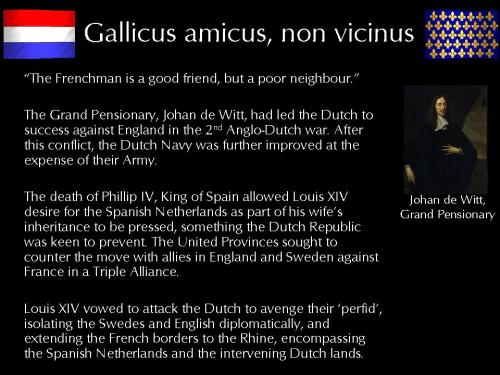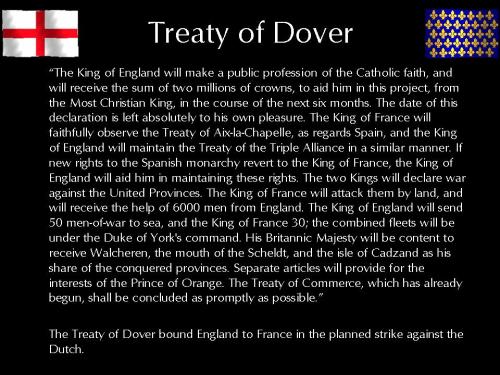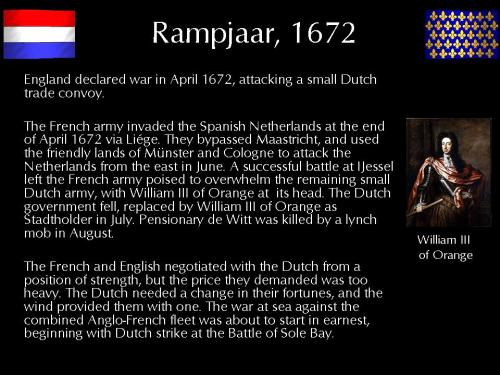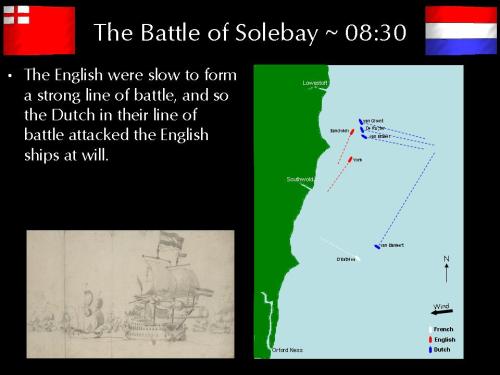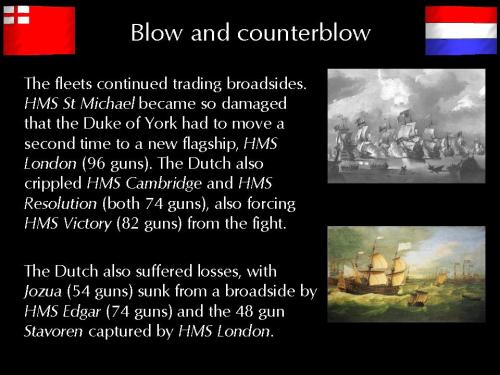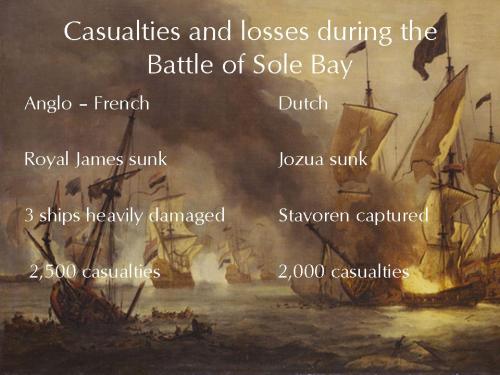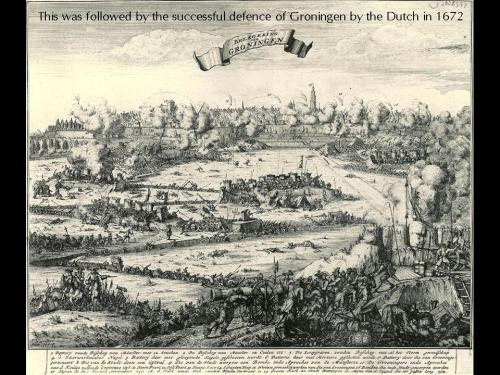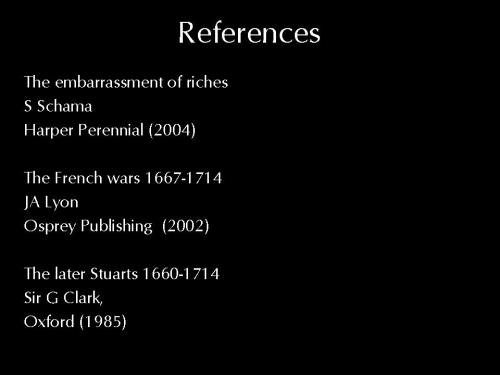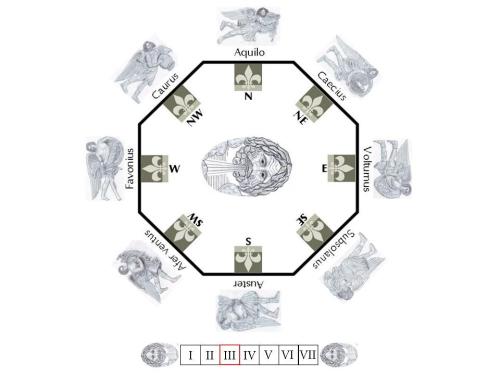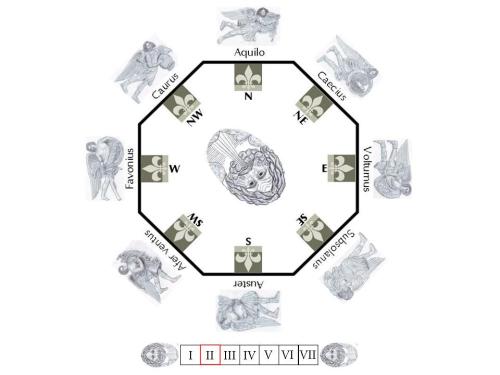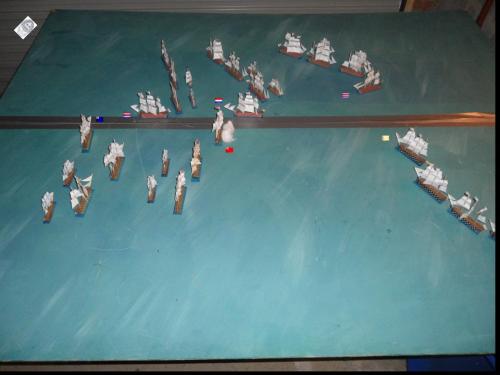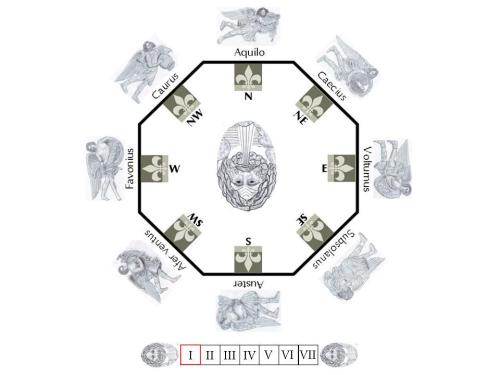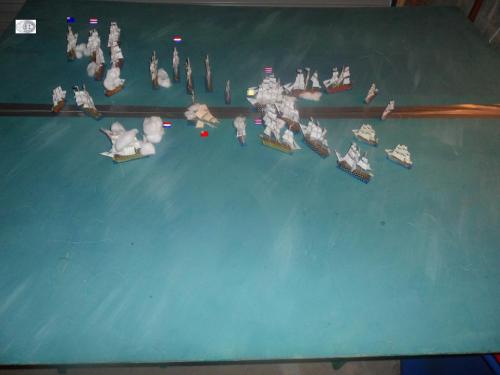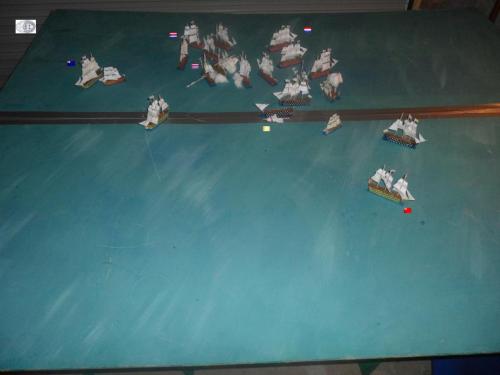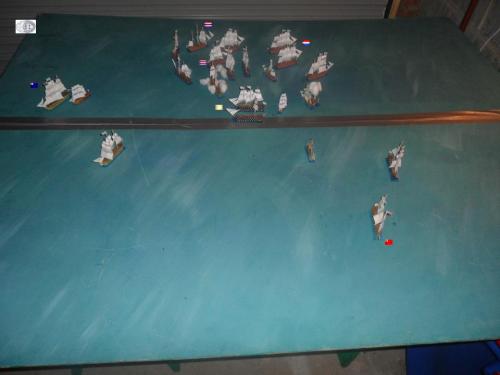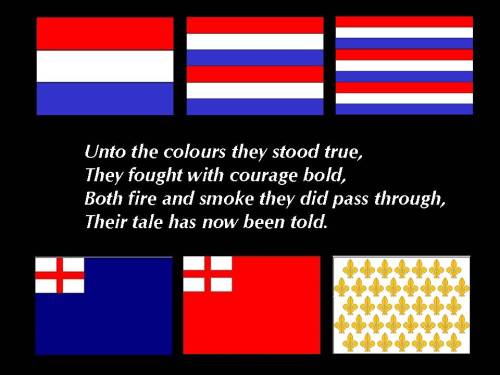The Battle of Sole Bay 1672 was the first major naval engagement in the 3rd Anglo Dutch War & Franco Dutch war, between the Kingdoms of France and England against the Republic of the Seven United Provinces.
Louis XIV needed to isolate potential allies of the United Provinces, and find a cause for the war he planned.
The treaty of Dover, signed between Charles II and Louis XIV in 1670, was kept secret from all but a few of Charles II advisors.
The fifth clause of the treaty stated that England and France agreed to wage war jointly with all their forces by land and sea, in order to humble the pride of the States General and ‘reduce the power of a nation which even has the insolence to aim now at setting itself up as sovereign arbiter and judge of all other potentates’.
Johan de Witt, the Grand Pensionary, and the Dutch seemed unaware at the forces being directed against them.
Charles II sent a vessel, the Merlin, with Lady Crow, the wife of the Ambassador in Amsterdam as passenger, with Captain Crow as commander under orders to meet a Dutch fleet and gain a salute from them, if necessary by firing upon them. This calculated act failed to garner either a salute from the Dutch, or a returning salvo, so on return to England, Captain Crow was sent to the Tower of London for his troubles.
Sir George Downing was sent to Amsterdam to engineer a quarrel; ‘Our business is to break with them and yet to lay the breache at their door.’ In the event this too failed, and Sir George Downing was also sent to the Tower of London. Eventually, simple military expedients were made, and the English attacked a Dutch trade fleet in the English channel to small effect. The declaration of war between Engalnd and the United Provinces followed shortly thereafter. France soon declared war, with Louis XIV citing many of the same causes as the English; insults to himself and a desire to reduce the Netherlands to compliance to his will.
The Rampjaar (disaster year) for the United Provinces began with the French invasion by two main armies, led by Maréchals Turenne and Condé, with a combined army of 150,000. Towns and fortresses fell before the French advance, and the situation for the Dutch was very grave.
A change in the winds provided the Dutch with the opportunity to change their fortunes at sea. A strike by the Dutch fleet against the recently combined Anglo-French fleet would put pressure on their enemies.
Typically for the age of sail, the English and French organised their ships into three divisions. The van (blue squadron), the centre (red squadron) and the rear (white squadron).
The Dutch assigned their squadrons by admiralties, each province raising their own fleet. They were denoted by the Prinsenvlag, or the double or triple Prinsenvlag.
The Dutch fleet crossed the North sea undetected, until finally being picked up close to the Suffolk coast by a French frigate on picket duty. This promptly returned to the English coast to raise the alert. Only a few hours remained before the Dutch would attack, and the English and French fleets were still at anchor, with many men ashore.
Either by design or in the confusion, the English and French fleets split into two; the English squadrons headed North and the French squadron headed South. This tactical mistake allowed the Dutch to send one division under van Bankert to engage with the French, with the remainder of the Dutch fleet under De Ruyter to engage with the English, initially at an advantage in ships of 3:2.
De Ruyter singled out the English Flagships, identified by their extra large pennants, and attacked these causing terrible damage to ships and men.
Under fire on board HMS Royal Prince, the Duke of York came in for fulsome praise from Captain John Narbrough.
‘His Royal Highness went fore and aft in the ship and cheered up the men to fight which did encourage them very much. The Duke thought himself never near enough to the enemy, for he was ever calling to the quarter-master which cunded the ship to luff her nearer… Presently when Sir John Cox was slain, I commanded as captain, observing his Royal Highness’s commands in working the ship, striving to get the wind of the enemy. I do absolutely believe no prince upon the whole earth can compare with his Royal Highness in gallant resolution in fighting his enemy, and with so great a conduct and knowledge in navigation as never any general understood before him. He is better acquainted in these seas than many masters which are now in his fleet; he is a general, soldier, pilot, master, seaman; to say all, he is everything that man can be, and most pleasant when the great shot are thundering about his ears.’
On board HMS Royal Prince, ensign John Churchill survived the battle, later to serve in the English army in the war at the Battle of Enzheim. The Duke of York was forced to abandon his flagship in favour of HMS Michael.
The same tactic was applied to the flagship of the English blue squadron, HMS Royal James, under the command of the Earl of Sandwich.
HMS Royal James succumbed to fireship attack by the Dutch and she burnt, with the loss of the Earl of Sandwich and most of his crew.
The battle continued most of the day, with fierce exchanges between all squadrons.
With the Dutch fleets recombined, and the wind beginning to turn against them, the Dutch fleet headed for home. The Anglo-French fleet did not pursue. The battle belonged to the Dutch.
Shortly after their fleet returned to the Netherlands, the Dutch opened the sluices at Muiden, flooding the waterline (Hollandsche Waterlinie). This stalled the French advance for 1672.
The Dutch had survived their Annus Horribilis. The war expanded with the Elector of Brandenburg, followed shortly by the Austrians under Emperor Leopold I and the Spanish joining the fray on the Dutch side, and Sweden joining on the French side. England sued for peace after the Dutch victory at the Battle of Texel, 1674.
William III of Orange and the Dutch were to remain at the centre of resistance to French expansion, and played major roles in the League of Augsburg and the Nine Years war, followed by the war of the Spanish Succession.
The battle of Sole Bay was celebrated in the
by the following English paean, printed in 1818.
A MERRY SONG ON THE Duke’s late glorious success over the Dutch
Tune Suffolk Stiles
ONE day as I was sitting still,
Upon the side of Dunwich hill,
And looking on the ocean,
By chance I saw De Ruyter’s fleet
With Royal James’s squadron meet,
In sooth it was a noble treat
To see that brave commotion.
I cannot stay to name the names
Of all the ships that fought with James,
Their number or their tonnage,
But this I say the noble host
Right gallantly did take its post
And cover’d all the hollow coast
From Walderswyck to Dunwich.
The French who should have join’d the Duke,
Full far astern did lag and look
Although their hulls were lighter,
But nobly faced the Duke of York,
Tho’ some may wink, and some may talk,
Right stoutly did his vessel stalk
To buffet with De Ruyter.
Well might you hear their guns, I guess,
From Sizewell-gap to Easton Ness,
The show was rare and sightly:
They batter’d without let or stay
Until the evening of that day
‘T’was then the Dutchmen ran away,
The Duke had beat them tightly.
Of all the battles gain’d at sea
This was the rarest victory
Since Philip’s grand Armado.
I will not name the rebel Blake,
He fought for horson Cromwell’s sake,
And yet was forced three days to take
To quell the Dutch bravado.
So now we’ve seen them take to flight,
This way, and that, where e’er they might
To windward or to leeward;
Here’s to King Charles, and here’s to James,
And here’s to all the captains names,
And here’s to all the Suffolk dames,
And here the House of Stuart.
References
The slides are available as a powerpoint slide pack.


